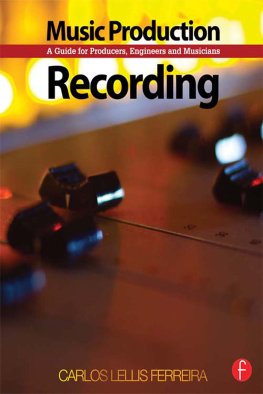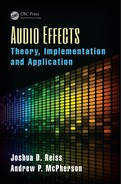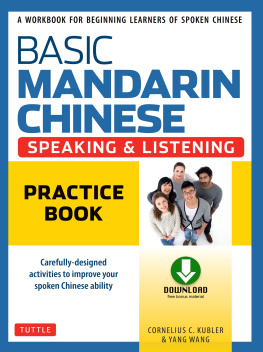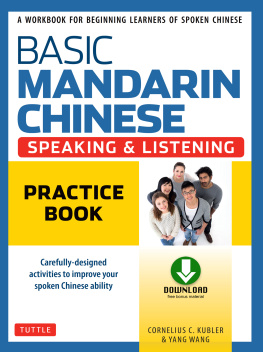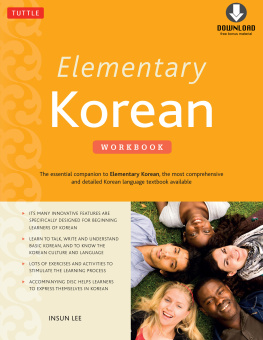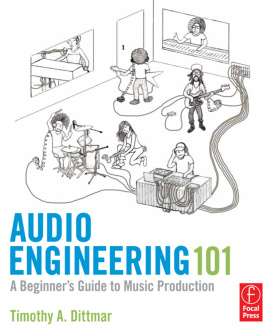The alternative workbook
or
How to pimp your practice room
(KINDLE EDITION)
by Moses Schneider
Table of Content
---------------------------------
0.
0.1
---------------------------------
1.
1.1
1.2
1.3
1.4
1.5
2.
2.1
2.2
2.2.1
2.2.2
2.2.3
2.3
2.4
2.4.1
2.4.1.1
2.4.1.2
2.4.1.3
2.4.2
2.4.2.1
2.4.2.2
2.4.3
2.5
2.5.1
2.6
2.6.1
2.6.2
2.6.3
2.6.4
2.6.5
2.6.6
2.6.7
3.
3.1
3.2
------------------------------------
4.
---------------------------------
5.
5.1
5.2
5.3
------------------------------------
------------------------------------
About Moses Schneider, by Gordon Raphael
I met Moses Schneider July 4th 1998 in Manhattan. He had come to visit my studio because he wanted to bring the musical artists he was working with in Berlin over to New York for recording sessions. I was pretty proud of my small studio Chateau Relaxo, on Ludlow Street, and at our first meeting we played each other our productions-- to get acquainted. Well as soon as I heard the music that Moses had worked on, I felt truly out of my element! I had no idea how he got the sounds I heard, or how he created such a tremendous impact. He always generated a groove in the rhythm that was purely UNSTOPPABLE! I knew I could learn alot from this guy Moses, and started asking him many questions right away. After all, I had learned recording by many trials and errors, and was actually pretty proud of my sounds, but Moses had taken the art and science of recording somewhere into the Einstein zone, and I definitely wanted to learn some of his tricks.
The first thing he told me was just as impressive and interesting as the sounds that I heard. When I asked him how he produces a song he told me quickly: Well the first thing is, I have to discover the secret of the song-- and once I do that, than I can start getting ideas about the production. Perfect! Hes a bass playing artist (he played me his band Van Der Meers music first) and then a sound scientist, and I discovered he is also a mystic and a philosopher who goes on a quest into the heart of the song looking for its secret! At work I have watched him do crazy things with microphones and compressors, and I have also witnessed him laying on the floor of my studio listening to see if the Kick drum was in tune with the song.
So, I did absorb many things that Moses told me about recording music, and even how songs find their way in the world according to the Zeitgeist. He helped me start my next studio in New York which I named Transporterraum (NYC) after his Berlin home-base, and through that particular studio I had the good fortune to meet The Strokes and record 2 albums with them that allowed me to travel more, meet more bands and eventually move to Berlin, where I currently live.
Lately I have been going around the world recording bands basically in one way: everyone playing live (except the singing) in one room with the amps and drums turned up pretty loud and everyone in the band rocking out with a huge smile on their faces. I use 18 or 19 mics these days, (just started using Moses Wurst mic idea this summer, after helping him with this English translation of the book!) I like 2 room mics, and 2 mics on each guitar amp, and 2 mics on bass speakers with NO DI. I dont overdrive the pre-amps as much as I had been doing in the first half of the decade, and I really really love to concentrate on the vocals, especially if the singer has an interesting voice and is on fire with some lyrical story that he or she really believes in. (see: )
So, Id like to end this burst of words with a thank you to Moses for helping me on my recording path, and for being pat of this cool book! Ciao and Tschuess!
Gordon Raphael
Preface
This workbook is a plug and play quick guide for all of you who want to make the most out of your current practice space: playing music, having fun and capturing the magic.
Writing, arranging, performing and recording flow together into one highly rewarding process as everything we have learned about what is truly essential for recording in small spaces (with low or no budget) is clearly explained here!
We describe every step of the way, from instrument set-up, positioning microphones (from vintage record industry standards to revolutionary new methods), to preamps directly into converter (without compressors or equalizers, and finally to your computer. You can absolutely transform your own rehearsal place into a private, intimate refuge- available 24 hours day and night for whenever musical inspiration hits you, and there will be no studio manager to present you with a huge bill at the end! How many times have you heard musicians say, or experienced for yourself Well, it actually sounded much better in our practice space!
The normal, tiresome production approach is the sandwich method with a click track and headphones, recording one player after another in order achieve the best possible isolation (and thus editing and sound control). Instead, we prefer live recordings where the overall sound quality, interaction, communal grooving and sweating come to the fore. Here, the much-feared microphone leakage and its supposed loss of control becomes instead a vital part of the power, excitement and pulse of the song itself. Headphones and clicks are actually not necessary ingredients in this type of recording!
We hope to inspire you to find the courage to grab the wheel and to have fun producing music on your own.
We often encounter the problem that we feel uptight in the studio, because we are afraid of making mistakes- and then we play that way! When we asked the question, Where do we really move, where do we feel free? The answer was obvious: in the rehearsal space. So lets go!
Arnim Teutoburg-Weiss (Beatsteaks) in an interview with Caroline Frey
for UncleSallys
(02/2011)
Recording Details
All the samples beside the Kreator session were recorded at Chez Cherie Studio, Berlin in September 2013, with:
Tilman Hopf as 1. engineer, leveling, running the system, Max Power as 2. engineer, cabling and he also played the drums, Moses Schneider for micing, he also played bass and guitars and Manuel Owono taking pictures.
Every preamp we used was a decent, okay, mid price (average 400 each) device. There is no other analog Equipment used in the game. We used a Firewire interface (about. 1.000) combined with a well known brand of audio software (now costing 200).
All instruments and amplifiers used belong to the Economy Class, really nothing special! None of the players ever sat in the Business Class.
All samples are limited by a stereo bus limiter with up to 13dB gain reduction depending on the material, which definitely affects the sound, but makes it more enjoyable.
Next page


